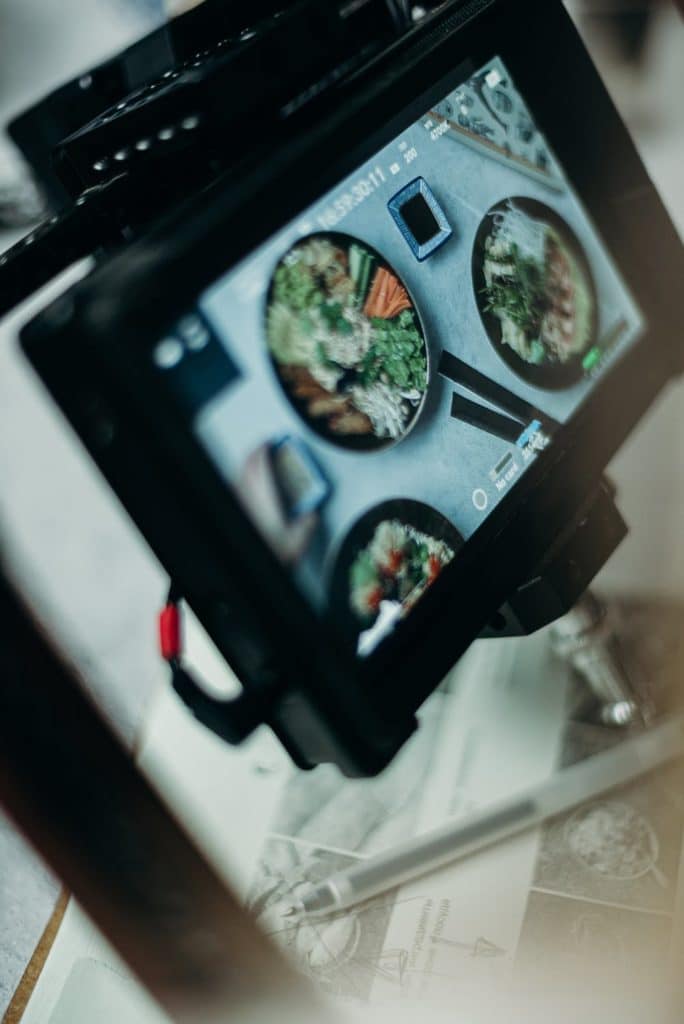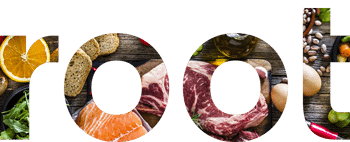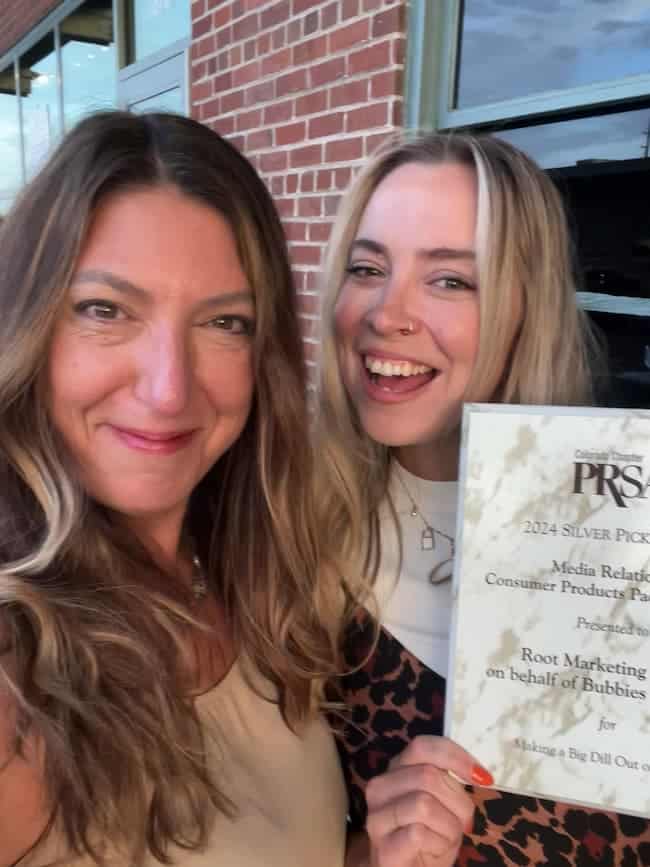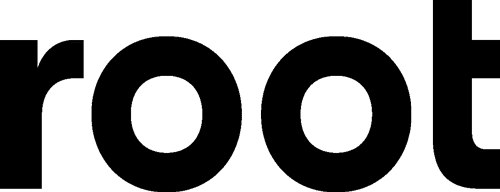Part two of a two-part series on restaurant marketing, written with love for First Bite Boulder, on small business marketing that was written primarily for restaurants, but is 99% applicable to all companies.

The first blog in this two-part series was intended to get your juices flowing, to inspire you to create practical business strategies to help you survive the winter. Now that you’ve landed on one or a few winning ideas, it’s time to let existing and potential customers know what you have to offer.
We’ll explore where you can spread your message through your marketing efforts in just a moment, but first we want to call out something critical that many people fail to recognize. What you say and how you say it are the most important aspects of marketing. Why? Because marketing has the most impact when you make an emotional connection with the audience. If you want your audience to engage with you, buy from you and recommend you to others, you’ll need to make an impression that cuts through the noise of people’s everyday life. It’s been proven that people rely on emotions, rather than information, to make decisions; which is why emotionally driven marketing is twice as effective.
But how do you say it the right way? It’s not as easy as: “[company name] is now offering [new product or service] for [ideal customer].” That could be the jist of what you want to communicate, but it doesn’t address the critical need, which is making an emotional connection with potential customers. For that, you need to know these things: 1) who is your audience and what matters to them? 2) Who are you and what matters to you? The “you” here refers to your business, your brand – not you personally. There is a difference, even for a small business owner. When you understand both of those things, it makes it much easier to create messages that establish an emotional connection with your audience.
Often, businesses spend so much time thinking about what they do, they neglect to think about who they are, which is equally important. “Who you are” is your brand. It’s the personality of the organization that helps customers understand and relate to your business on a level that goes beyond rational facts. It’s the memorable, defining characteristics that turn customers into raving loyal fans. It’s a huge mistake to think your brand is your logo and color set. Those icons must be aligned with and representative of something much deeper. When you pair those icons with a tone, a voice, values, meaning and messaging; then they are able to create a complex and consistent dynamic that makes up your brand, and can make a lasting difference.
Why is having a clearly defined brand so important? As humans we need connection and meaning. Brands allow us to fulfill those needs by playing into our natural tendency to use emotional decision-making, express our identity, and feel a sense of belonging within a community (this is why we at ROOT love marketing!) Science proves that branding changes behavior. While the art and science of branding is actually fairly complex, a powerful and iconic brand will drive your profits for years to come.
So how do you say what you are offering in the right way? Fill your marketing with personality. Be authentic to yourself (your brand). And be sure to communicate with your audience in a way that will resonate with them. It may sound like we’re contradicting ourselves, but marketing isn’t all about you operating in a vacuum. Your goal is to create an emotional connection with your audience, truly effective marketing is about communicating in a relationship.

Is it essential to have a brand to market your business? Do you have to create an emotional connection in your marketing? No, plenty of companies use “transactional marketing” all of the time; but, they spend far more money, get far lower returns, and miss opportunities at every stage of their efforts. However, if you’re in crisis mode, and getting the message right is going to hold you back from sharing it, don’t worry about getting it right. Sometimes it’s necessary to operate in emergency marketing mode, in which case, don’t panic about what you’ve just read. Skip to the next paragraph and let go of the guilt. There’s best practice and there’s survival, know where you are at and step forward from there.
It’s time to talk about where you are going to share your message. With hundreds – if not thousands – of places to share your message, where do you start when you need to get the word out there and get more customers buying from you?
Start from the inside and work your way out. What the heck does that mean? Start with the low hanging fruit, your “natural network,” the people closest and most familiar with you first, then move out from there to reach people who have never heard of you before. The people in your natural network are going to care the most, they are going to be the most likely to pay attention to your message, and they will be the most likely to take action to support you.
Your natural network is made up of family, friends and current customers. You know these people and they know you. You also have a direct connection to reach these people. They follow you on social media, they visit your website, they come to your business, you have their email address, you may even know where they live or have their phone number. Leverage as many ways as possible to connect with them! Consider these options:
- Keep a regular and meaningful presence on social media.
- Update your website – does it share what you need people to know right up front?
- Leverage in-store messaging – from signage to staff talking points.
- Create an email message, or better yet, an email campaign or newsletter to consistently communicate with your inner circle.
- Consider SMS messaging (but wait until the election is over, message fatigue is real!)
- Send a direct mailer or a personalized message – a card, letter or postcard to your customer provides a different and meaningful way to connect.
You’ll notice that we have focused on the channels you “own” here. You can also reach your natural network through some of the channels we’ll be discussing below.
Once you’ve covered your natural network, your inner circle, what next? Next, ask your natural network to tell their natural network about you and your offerings. This is the foundation of influencer marketing. Giving your customers a good experience is the first step, but most of the time it’s not enough to get them talking. As customers, we expect a good experience. If you want us to share and tell other people about you, you’ll probably have to ask. Make sure you’re constantly asking your natural network to not only make a purchase, but to tell other people about how awesome you are.
Once you’re nailing it with your natural network, it’s time to climb up to the next rung on the marketing ladder: reaching new audiences. This is where things might get tricky. As we mentioned, there are literally thousands of ways to reach new customers. It’s a beautiful thing, but it can also feel overwhelming and annoying. How are you supposed to know where to reach your potential customers, and how do you keep up with it all? One thing that can help is to keep it simple: remember who your ideal customers are, where they are, and what they like. When you think of it that way, you can start to overlay who and where your customers are, with who you are and what aligns with your brand. The opportunities that match between those two are the best fit for your marketing.
Another framework that we like to use to narrow the overwhelming list of possible marketing activities is to think about them from an owned, earned and paid perspective. The marketing tactics above focus on making sure you’re making the most of your owned channels (your social media feed, your website, your email marketing campaigns, your in-store experience.) When you widen the circle to reach new customers, you need to get in front of them where they’re at. That’s most likely going to happen on other peoples’ channels. To have a presence on someone else’s channels, you can either earn it because you are doing something that they are inspired to share, or you can pay for a presence with sponsorship, advertising, etc.
We’ll dig into earned opportunities first because the cost here is just what you’re already doing, being awesome! Of course there is an effort required to earn these opportunities, but effort is something that doesn’t directly impact your pocket book. Here are some examples of earned opportunities that can give your business a boost:
- A feature article in a magazine
- A media mention in an online publication
- A TV news segment
- Viral social content, such as a tweet from someone people are watching and/or sharing
- “Best of” list placement
- Winning an award that is promoted by the awarding organization
- Organic traffic to your website
- Customer reviews

The media are the original influencers. They have long been respected for their expertise, their knowledge of what’s happening, and often, their opinion of it. Are there magazines, newspapers, and TV channels that reach your ideal audience? Do they know about you and do they know what you’re doing right now? If they don’t, they should! Create a list of your Top Targets, track down their contact info, and send them a friendly and concise email with your news (or hire a reputable marketing and PR agency such as ROOT to discuss the possibilities around helping with this, and the tactics that follow.)
Content is king, can you publish a “how to” video on a trending or unusual cooking technique that you use? Or showcase the story of your farmers or the heritage of the food and the inspiration for a dish from your menu?
We all rely on the internet to serve up the answers to our every passing interest. Make sure you’re making it easy for Google (and other search engines you like) to showcase your business. Do you have a Google My Business listing? Is it current? Are you searchable in Apple Maps? We know those are basic, but sometimes in the rush of it all they are missed. If you’ve missed it, now is the time to tackle it.
The next layer here is your website. Have you given thought to the keywords your website will show up for in search? If you serve the best Tanzanian food in Boulder, are you showing up when people search for “best Tanzanian food in Boulder”? If not, do a little research into SEO (Search Engine Optimization) and keywords to see how you can improve your presence.
Take it a step further and think about the “Best of” lists. Who’s talking about the best Tanzanian food in Boulder? Are they calling you out? They should be!
Finally there are paid opportunities. We know capital is tough right now, but there are some paid opportunities that come with a very approachable price tag. So we’ll share just a few worth considering:
- Facebook / Instagram ads
- Magazine ads
- Bus stop ads
- Paid search ads
- Direct mail
- Influencer campaigns
- Contests
- Branded swag (e.g. coasters)
Even with a tight budget, you can raise awareness about your business and attract new customers with a few Facebook and Instagram ads. Social media offers some pretty nifty targeting opportunities allowing you to target by location, interests, purchase behavior and more. You can also remarket to existing customers, or reach new customers that are similar in demographic and psychographics to your existing customers.

Which influencers do you know, which ones might your typical customer be following? Influencers often contract to recommend a business to their following for a fee, or free meals, or both. “Micro influencers” may have a smaller following than “macro” influencers, but often they have stronger relationships (read: influence) with the people who do follow them – and they can be considerably less expensive (sometimes just a free meal is enough!) A small investment with the right influencer can lead to new customers for your business.
A larger budget will allow you to create ads for magazines and bus stops, or even build out a line of branded freebies to share in your community. Typically these broader marketing activities are layered over more direct activities to build energy and momentum for your business.
If you have followed along with us this far, kudos. We’ve packed a lot of information into these two articles in an attempt to give you the lift you’ll need to get through winter, and on into 2021. We know what a critical time it is for the restaurant industry and for your business. We’ve provided a glimpse into marketing your business, all the way from the big idea to marketing execution and the final deliverables, because we’re rooting for your success. As an agency devoted to good food – to those who grow it, make it, sell it and bring it to life, we know that more good food benefits us all.
Author: ROOT Marketing & PR
At ROOT, there’s nothing we love more than to see good food thrive. Our seasoned team works with good food business owners every day to develop and implement powerful marketing, branding and PR strategies.







